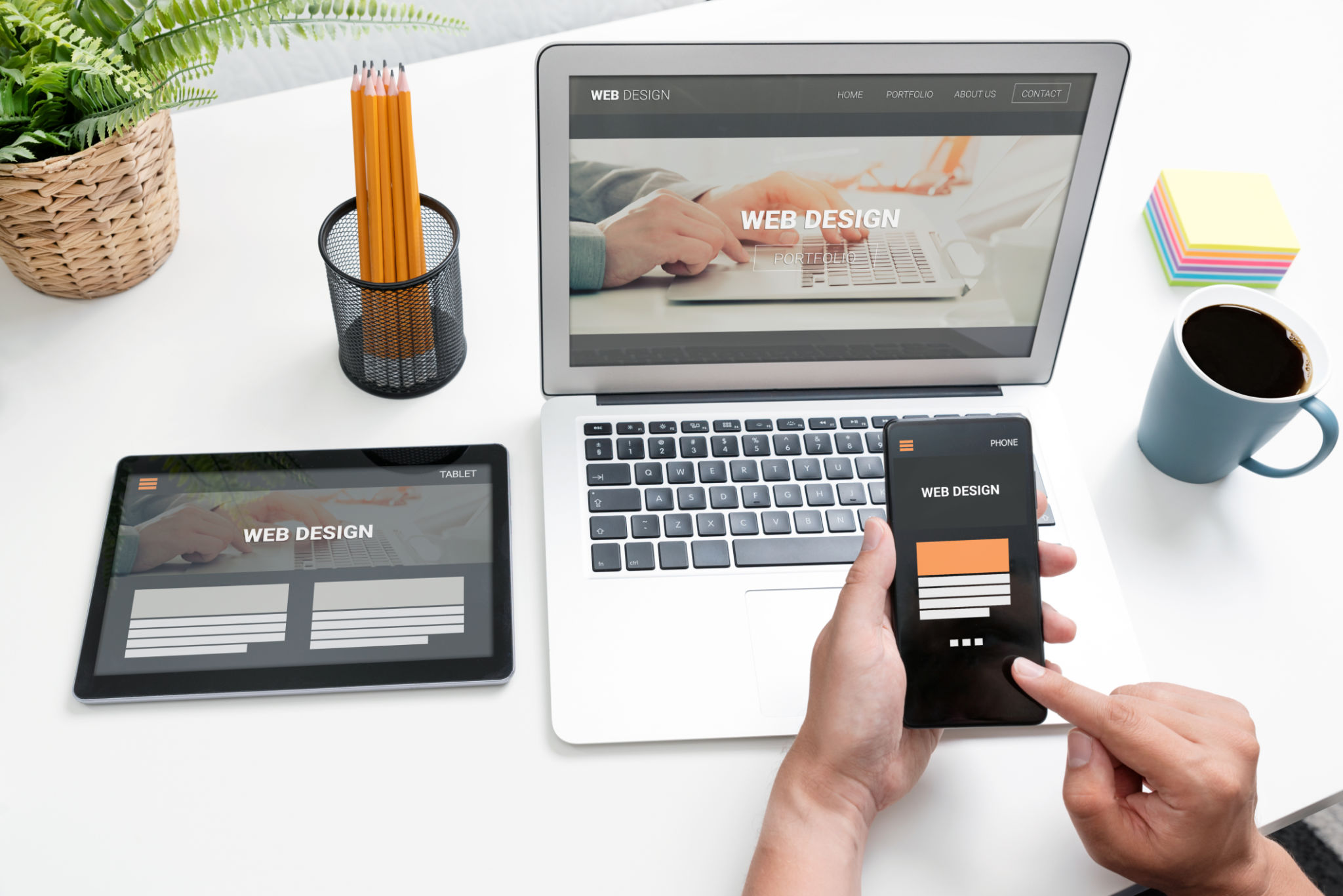Case Study: Successful Web Design Transformations for London Businesses
Introduction to Successful Web Design Transformations
In today's digital landscape, having an effective and engaging website is crucial for any business. This is especially true for companies in a bustling metropolis like London, where the competition is fierce and first impressions matter. In this case study, we'll explore some successful web design transformations that have helped London businesses thrive online.

Understanding the Needs of London Businesses
London's diverse business scene requires web designs that cater to various industries, from tech startups to traditional retail stores. Each company has unique needs and goals, which must be reflected in their online presence. Understanding these needs is the first step in creating a successful website transformation. For example, a tech company may prioritize sleek, modern visuals and seamless user experience, while a retail business might focus on showcasing products effectively.
Identifying Key Objectives
The initial phase of any web design transformation involves identifying the key objectives. This includes enhancing user experience, improving mobile responsiveness, and ensuring search engine optimization (SEO) best practices are in place. By doing so, businesses can attract more visitors and convert them into loyal customers. Often, this process involves collaboration between designers, developers, and the business itself to ensure all goals are met.

Case Study: A Retail Store's Digital Makeover
Consider the case of a well-known London retail store that sought to revamp its online presence. The primary goal was to improve the site's functionality while maintaining its brand identity. The redesign focused on creating a more intuitive navigation system, optimizing loading speeds, and integrating an e-commerce platform that enhanced the shopping experience.
Impact of Visual Design
Visual design played a crucial role in this transformation. By using high-quality images and a clean layout, the store was able to highlight its products more effectively. The integration of customer reviews and promotional content further engaged users, leading to increased sales and customer retention.

Case Study: A Tech Startup's Journey to a User-Friendly Site
A tech startup based in London faced challenges with their outdated website that wasn't mobile-friendly and lacked intuitive navigation. The transformation process involved a complete overhaul of the site's architecture to enhance user experience across all devices. The inclusion of interactive elements like chatbots and dynamic content also played a significant role in engaging users.
Results and Feedback
Post-transformation, the startup witnessed a substantial increase in user engagement and a reduction in bounce rates. Customer feedback highlighted the improved accessibility and ease of use as major factors contributing to their satisfaction. This positive shift reinforced the importance of aligning web design with user expectations.

Conclusion: Key Takeaways
The success stories of these London businesses highlight several key takeaways for achieving effective web design transformations:
- Understand your audience's needs: Tailor your design to meet specific industry requirements.
- Prioritize user experience: Ensure your website is easy to navigate and visually appealing.
- Focus on mobile responsiveness: With more users accessing sites on mobile devices, responsive design is crucial.
- Collaborate effectively: Work closely with designers and developers to align on objectives and execution.
By implementing these strategies, businesses can create compelling online experiences that not only attract visitors but also convert them into loyal customers.